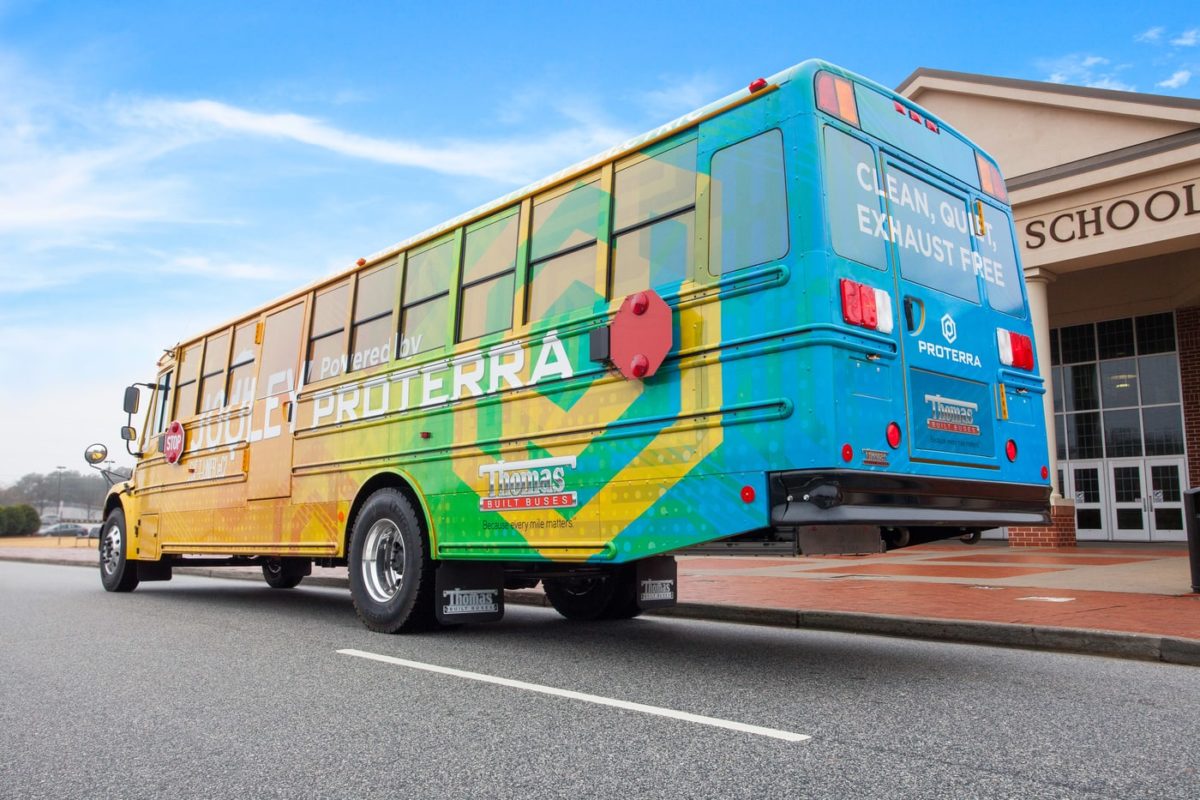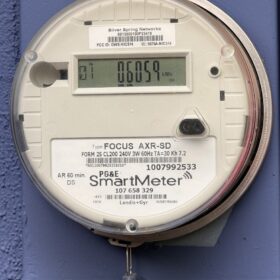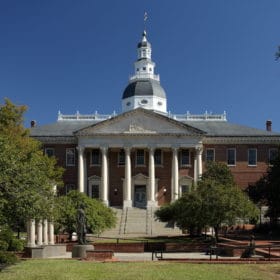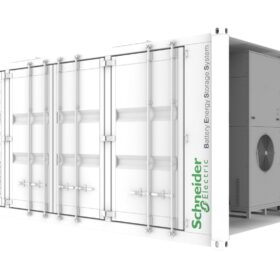On the one hand, with this regulatory move we can help clean the air that the youngest lungs in our lives breathe in while they travel to school hundreds of times a year. And on the other hand, that’s all that matters. California has goals of 5 million plug-in electric cars by 2030, and approximately 1.3 million by 2025. Research by the U.S. Department of Energy’s National Renewable Energy Laboratory (pdf) has estimated that will require 229,000 to 279,000 chargers – and that if we aren’t careful and take into consideration the timing of the charging – we could increase the demand on the power grid at its most heavily used time by greater than 1 GW. For a system that expects capacity shortfalls every September evening going out the next few years, that’d be an issue.
The California Public Utilities Commission (CPUC) has approved a plan (pdf) by San Diego Gas & Electric (SDG&E) to build charging infrastructure (costs for some types in below image) for a minimum of 3,000 – with as many as 6,000 – plug-in medium-duty and heavy-duty (MD/HD) electric vehicles, including transit buses, school buses, delivery trucks, and forklifts. The program is scheduled to last five years and has a budget of $107.4 million.

As well, a new vehicle-to-grid (V2G) pilot for 10 electric school buses was approved with a budget of $1.7 million. CPUC noted that it would be the first V2G pilot in the California Independent System Operator (CAISO) market utilizing 25 kW bi-directional chargers. SDG&E will provide $450,000 to help local school districts buy buses, and would provide $100,000 a year in charging credits for the buses.
SDG&E noted that approximately 41% of California’s greenhouse gas emissions come from transportation, while in San Diego it’s closer to 50%. The utility says their share of the state’s 5 million electric vehicles by 2030 is about 500,000, with about 30,000 being on the road today. San Diego has more than 103,000 Class 2-8 vehicles, which range in weight from 6,000 to 33,000 pounds. The press release from the company said, “heavy-duty vehicles produce more particulate matter than all of the state’s power plants combined”.
CPUC dictated that at least 10% of the money must be spent on transit and school buses, at most 10% will be spent on forklifts, and at least 30% will be spent in disadvantaged communities. Much of the document discusses how much of an incentive to give toward hardware, what parties can and cannot get the incentives, as well as how the utility came to its various conclusions – for instance why only “10 school buses”?
In the original request, SDG&E said the program cost would be $154.8 million over five years, and would result in an annual bill impact of about $4.57 for a typical residential customer using 500 kWh per month in 2022. There was no note for costs with the updated values.
This content is protected by copyright and may not be reused. If you want to cooperate with us and would like to reuse some of our content, please contact: editors@pv-magazine.com.








By submitting this form you agree to pv magazine using your data for the purposes of publishing your comment.
Your personal data will only be disclosed or otherwise transmitted to third parties for the purposes of spam filtering or if this is necessary for technical maintenance of the website. Any other transfer to third parties will not take place unless this is justified on the basis of applicable data protection regulations or if pv magazine is legally obliged to do so.
You may revoke this consent at any time with effect for the future, in which case your personal data will be deleted immediately. Otherwise, your data will be deleted if pv magazine has processed your request or the purpose of data storage is fulfilled.
Further information on data privacy can be found in our Data Protection Policy.